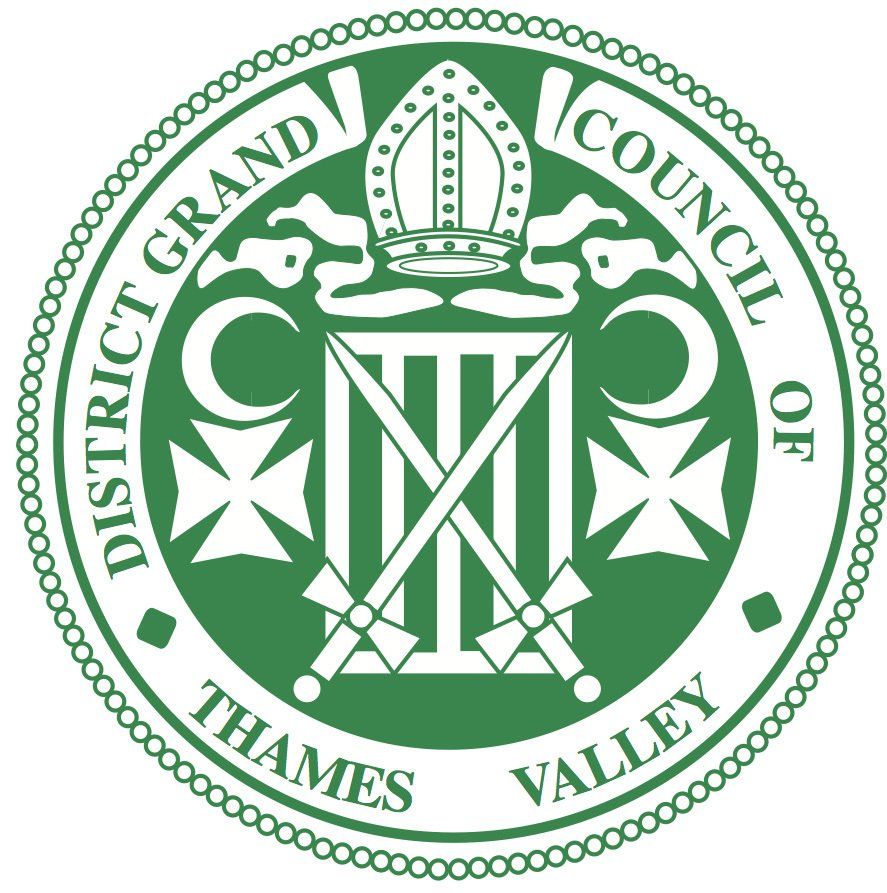The Allied Masonic Degrees - A short history of the order.
The vast majority of the ‘additional’ Degrees worked in England in the early part of the nineteenth century originally came under the patronage of Warrants granted by the ‘Antients’, who held that Craft Warrants entitled Lodges to work any Masonic Degree to which they had knowledge and members available who could work it. Upon the formation of the United Grand Lodge various groups of Degrees were gradually organised into separate Orders each with their own governing body.
By the end of that century a large number of unrelated Degrees of no direct interest to any grand body was still being worked in different parts of the country. In the late 1870’s it was agreed by the then Grand Secretaries of the Craft, Mark, and Ancient and Accepted Rite to establish a ‘Grand Council of the Allied Masonic Degrees in England and Wales and the Colonies and Dependencies of the British Crown’. The headquarters would be at Mark Masons’ Hall.
The Orders
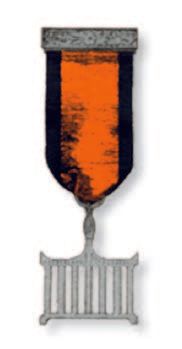
Saint Lawrence the Martyr
This Degree is thought to have been introduced by Operative Masons in order to distinguish themselves from the new-fangled Speculatives who were beginning to join Craft Lodges. It commemorates the Martyrdom of the Saint in Rome during the 3rd Century AD, in a short but memorable ceremony which teaches the importance of integrity and fortitude.
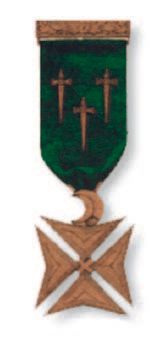
Knight of Constantinople
This Degree concerns the relationship of the Emperor Constantine with his subjects. The ceremony is entertaining and amusing, but candidates are left in no doubt as to the importance of humility and equality.
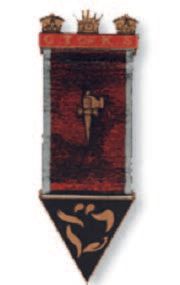
Grand Tilers of Solomon
This is the only Degree in the order which relates to Solomonic legend. The very dramatic ceremony is set in the secret vault beneath the Temple, and stresses the dangers of carelessness and hasty judgement, in addition to the importance of careful tiling.
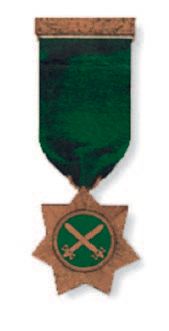
The Red Cross of Babylon
This is a very profound and mystical Degree, and consists of three ceremonies, with close connections to the Royal Arch. In the first, Zerubbabel, in an attempt to overcome the resistance of the locals to his efforts to rebuild the Temple, agrees to travel to Persia to seek the support of King Darius. The second, short ceremony, involves his crossing of the bridge into Persia, and his immediate capture. In the third ceremony, he is taken before Darius, who recognises him as a friend from their childhood. After a short but important interchange, Zerubbabel is freed, and takes part in a debate, out of which the supreme importance of Truth is established. It is to this great virtue that this Degree is dedicated.
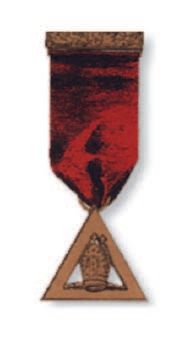
The Holy Order of Grand High Priest
Regarded by many as the climactic Degree in the Order, this solemn ceremony is usually carried out not more than once in a year. The scene is the encampment of Melchizedek, King of Salem (the original name of Jerusalem). Again, the ceremony is in two parts, and by the end the candidate has been Admitted, Anointed, and Set Apart to the Holy Office of Grand High Priest. He is left in no doubt that he has been set apart for high duties and responsibilities in life, both as a man and as a mason - a quintessentially masonic lesson, emphasising one’s duties to the service of God and to one’s fellow men.
Thames Valley Council Banners
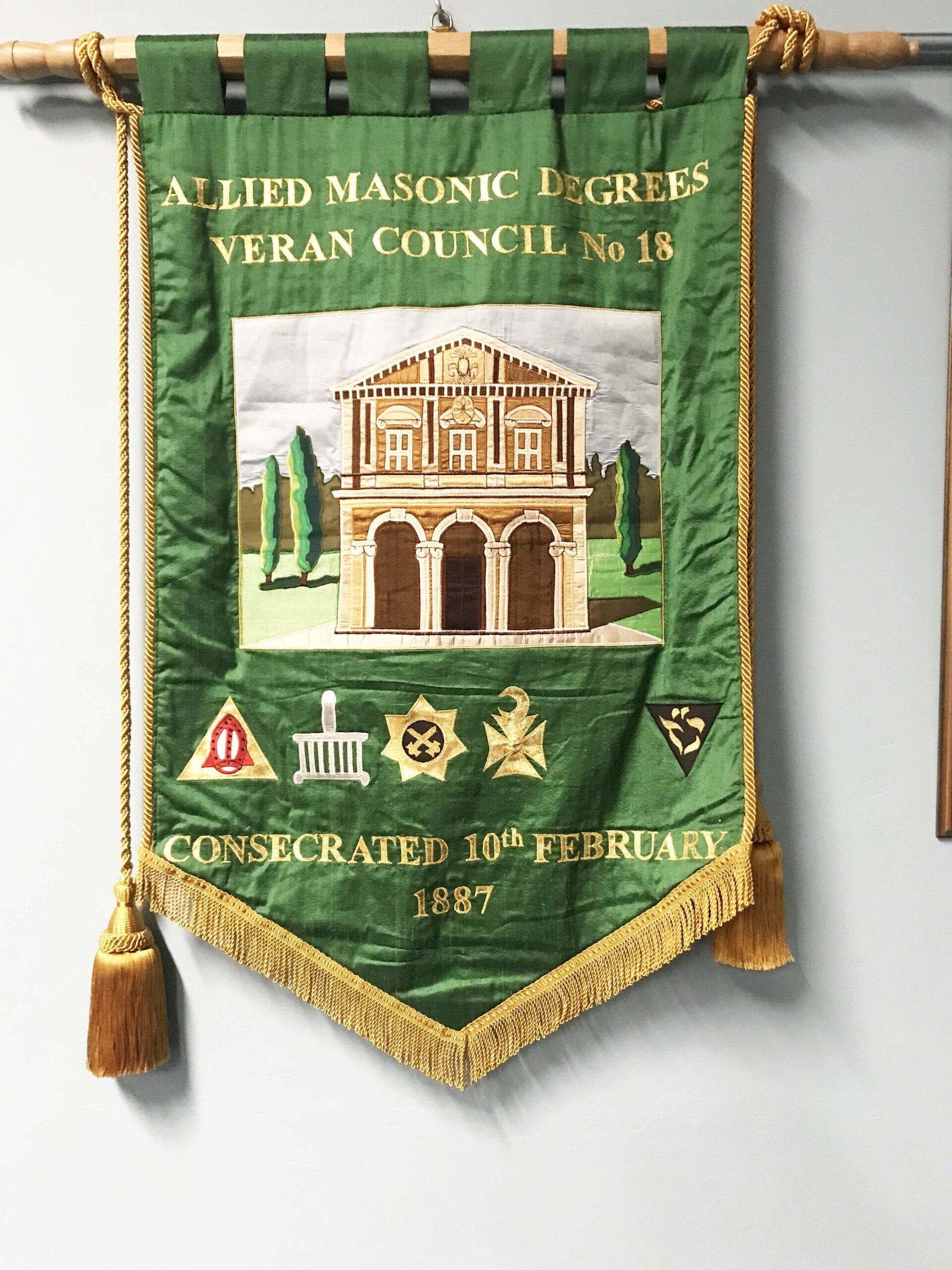
Veran Council No.18

Bocardo Council No.84
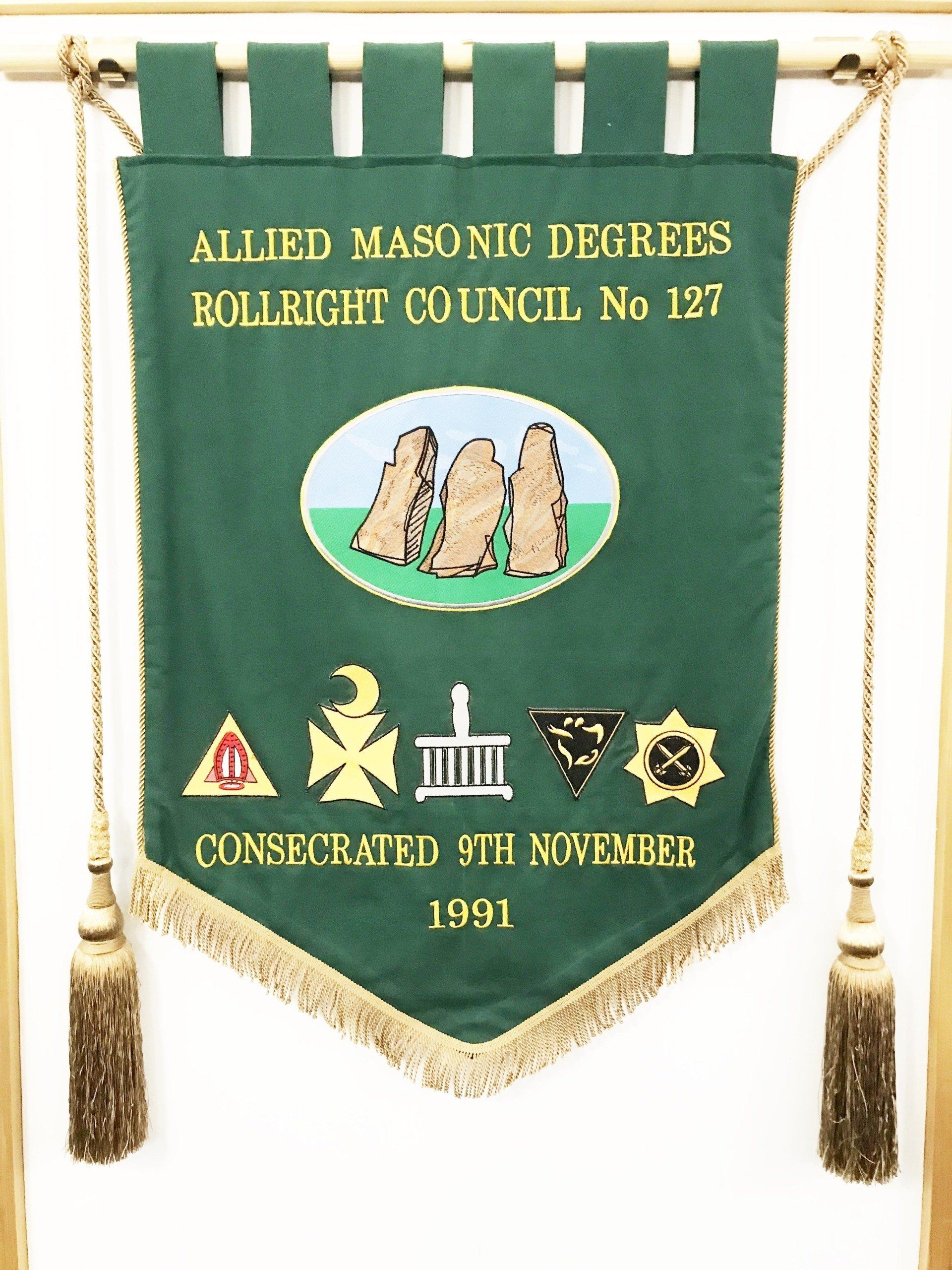
Rollright Council No.127
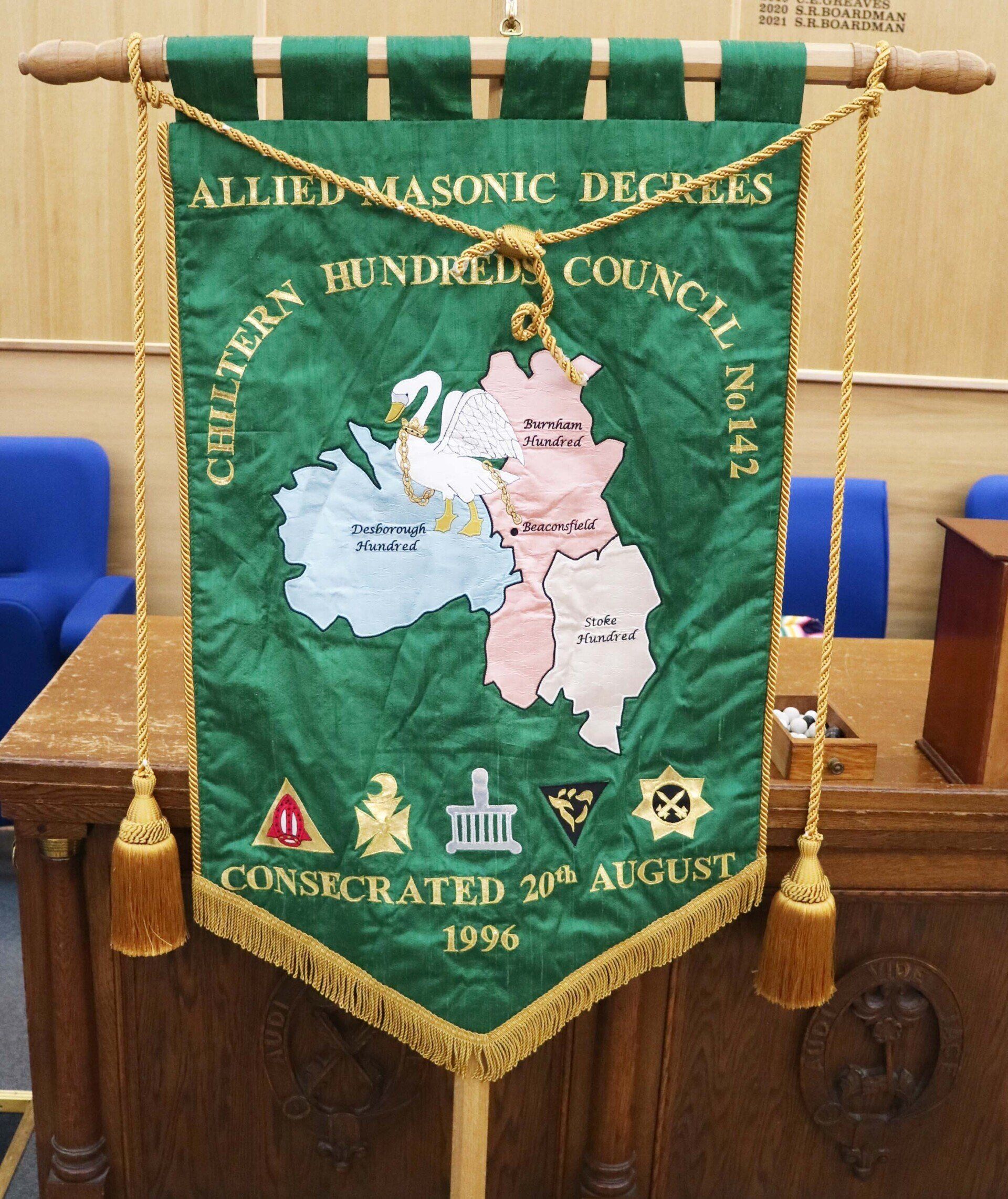
Chiltern Hundreds Council No.142

Walpole No.181
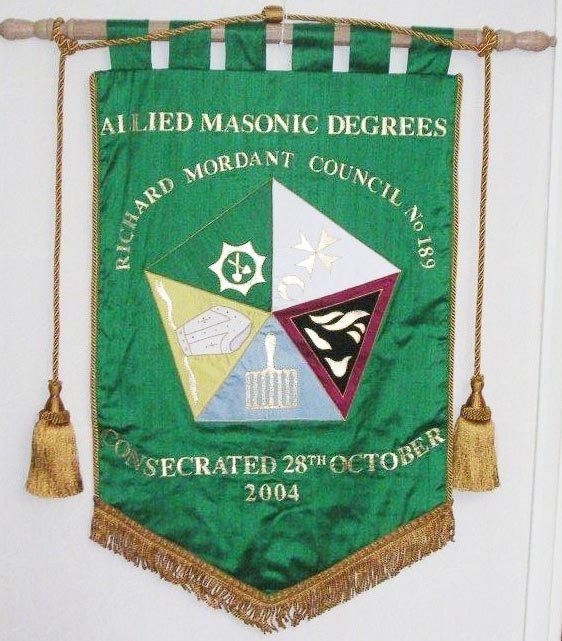
Richard Mordant No.189
